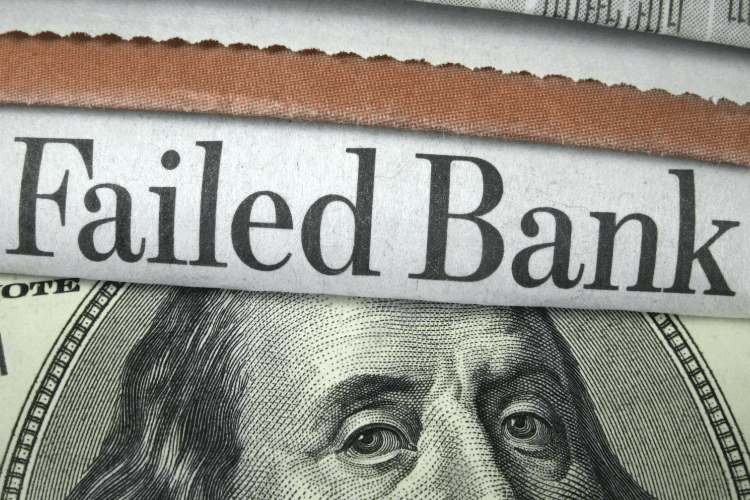Good Debt, Bad Debt, and How to Tell the Difference

Let’s face it: most people have debt. In fact, 80% of Americans owe money for something. Whether you took out student loans, started a business or just racked up a high credit card balance, debt comes in all shapes and sizes.
What you may not know is that there is such a thing as good debt. Knowing the difference between good and bad debt can help you decide when to take out a loan and improve your financial future.
Here’s how to differentiate between the two, with some common examples.
What Is Good Debt?
If you take out a loan and put that money toward something that helps you down the road, you’ve taken on good debt. Even though you’ll owe money in the short term, overall that borrowed money is fuel for a better financial future.
Essentially, good debt means you’re borrowing today for a higher return tomorrow.
Student Loans
Taking out loans to attend college is a textbook example of taking on good debt. For most people college is too expensive to pay out of pocket, and taking out loans is the only viable way to attend school and earn a degree.
It’s a large immediate cost that can pay off later in life. Not only does a degree make you a better candidate for jobs, it also boosts your earning potential. The average worker with a bachelor’s degree earned an extra $481 per week in 2017 compared to workers without a degree, according to the Bureau of Labor Statistics.
Depending on the kind of student loans you get, rates can be as low as 3.7% for subsidized government loans and 7.6% for unsubsidized loans. Private loans can be much more expensive, so it’s important to shop carefully and be realistic about your educational budget.
A degree is only worth what you do with it, so carefully pick your field of study and see what employment opportunities a degree may give you before taking out loans.
See Also: A Complete, Step-by-Step Guide to Get Out of Debt
Real Estate
Homeownership is one of the best ways to take on good debt. For starters, taking out a mortgage is normally a savvy financial move. Mortgages rates for the last ten years have been at historic lows, and given the low rate of inflation, it doesn’t look like mortgage rates will increase any time soon.
When you borrow money for your home, you are investing in equity. After paying off the loan in 15, 20 or 30 years, you will have an asset that is worth potentially hundreds of thousands of dollars. On the other hand, the money you pay in rent is just gone.
Your property may also appreciate in value over time. Though that’s not guaranteed, according to the US Census, adjusted for inflation, average American home values appreciated 290% between 1940 and 2000 or just under 5% per year.
Home equity loans and lines of credit are considered good debt if you use them to improve your house.
What Is Bad Debt?
In contrast to good debt, bad debt is spending without any chance of return. Taking out a loan to go to college can help you earn more in the future. Buying a 75-inch LED TV on credit probably won’t.
Credit Card Debt
Not only do credit cards usually come with high interest rates, most purchases people make with their cards are not essential. Even if you’re covering monthly payments, interest will cost you if you don’t pay in full.
Overspending on your card can hurt your credit score too, meaning your financial health may take a hit.
Auto Loans
Bad debt can also include depreciating assets. Unlike your home, which gains value over time, cars are a terrible purchase from an investment perspective. If you buy a new car for $50,000, it’ll be worth about $45,000 by the time you get home. Cars depreciate rapidly, meaning you’re losing money fast.
Not all auto loans are bad though. If you need a car as primary transportation or as part of your livelihood, then it’s a justifiable debt.
The question is, how much car is a good investment? If you’re justifying borrowing money for a new car because you want to drive for a delivery service, ask yourself if you can forgo the model with all the add-ons and bad gas mileage for something more sensible.
See Also: APR, APY and Interest Rates Explained and Compared
Is Any Debt Really Good?
Some people still argue that the only good debt is no debt at all. While there’s a case to be made, most people end up having to take on debt at one point.
Good debt has the potential to increase your net worth, but good debt can become bad if you’re not careful. No two situations are exactly the same, so take these examples as a guide and not gospel.
If you feel like your debts are becoming unmanageable, check out our tips on how to pay them down with our guides on the snowball and avalanche methods.










